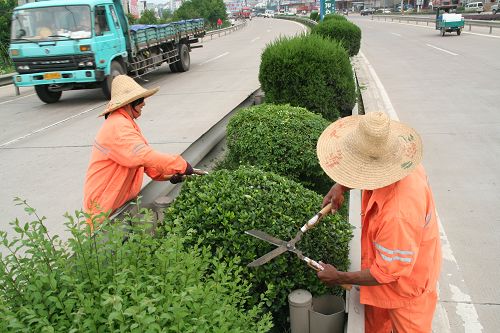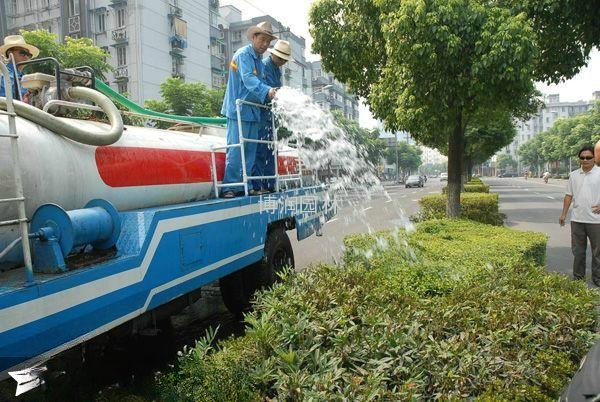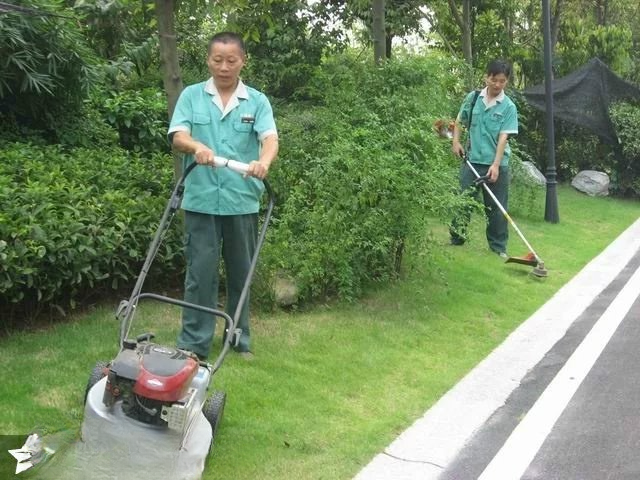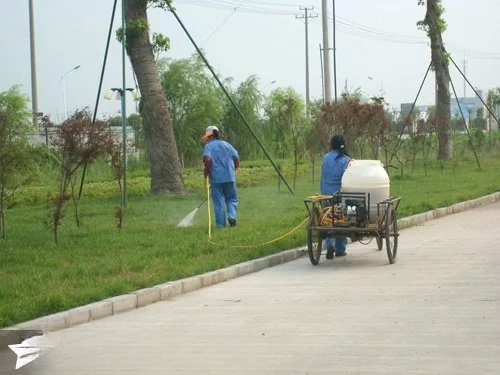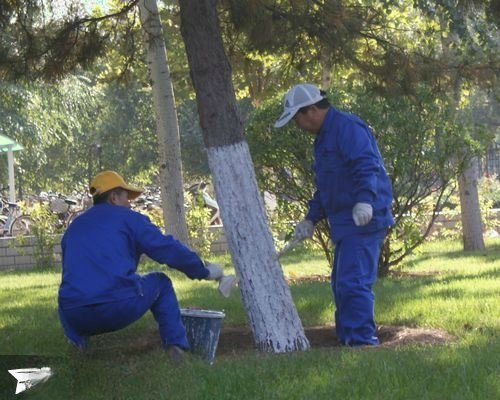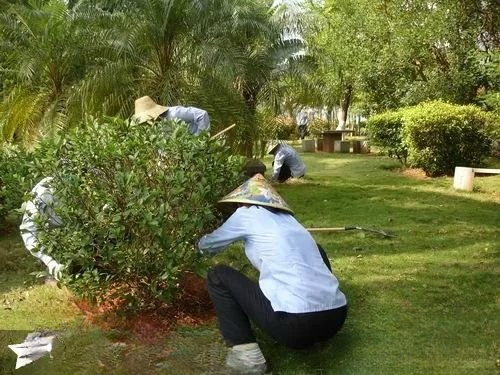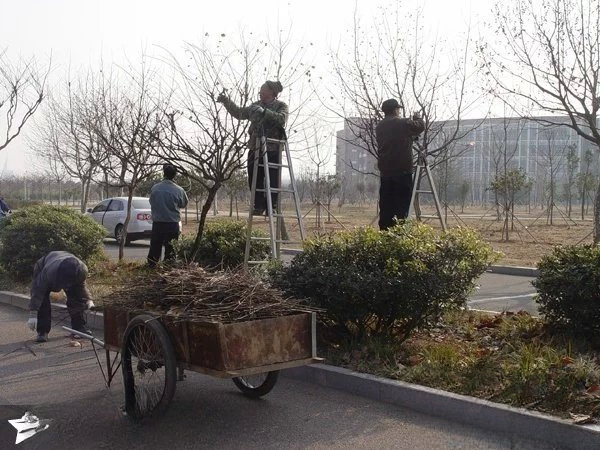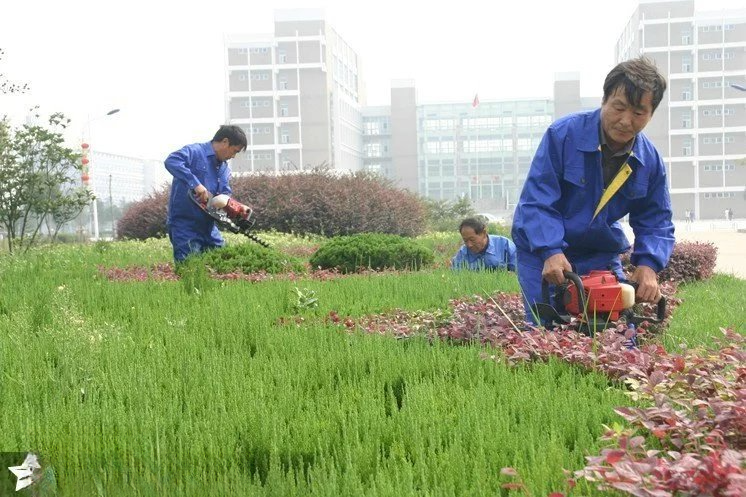Landscape Greening Maintenance Manual
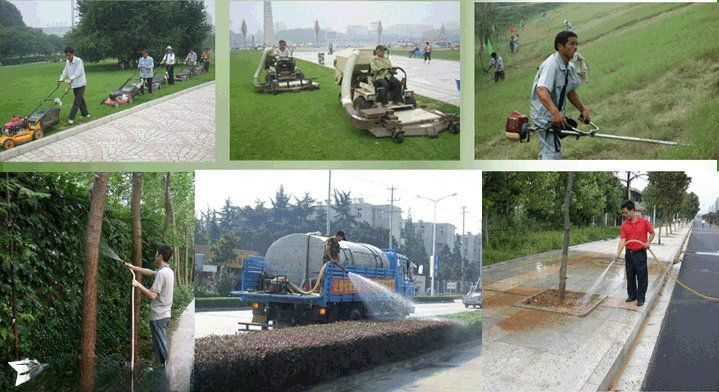
General Introduction (Maintenance Work within One Year)
Preface The maintenance and management of landscape greening projects plays a vital role in the work of garden landscape greening projects. It is a continuous and long-term work with high technical requirements. The maintenance and management of landscape greening projects includes overall appearance maintenance, plant protection, binding and pruning, watering and fertilizing, flower planting in flower beds and flower borders, environmental cleaning, daily management, etc. The completion of garden green space does not mean the completion of garden landscape. As the saying goes, "three parts planting and seven parts maintenance", only with high-quality and high-level maintenance and management can the garden landscape gradually achieve a perfect landscape effect. Maintenance management includes two aspects: "Maintenance" refers to timely fertilization, watering, weeding, pruning, pest control, wind and cold protection and other technical measures according to the growth needs of different flowers and trees and the requirements of the landscape; "Management" refers to the management of safety, cleaning and other aspects. Maintenance management must achieve "timely maintenance and strict management". "Maintenance" requires neatness, freshness, luxuriance, vitality, flowers in all seasons, clear layers, no dead trees, no dead branches, no obvious diseases and insect pests; "Management" requires cleanliness and brightness, and no garbage accumulation. Maintenance management must achieve "timely maintenance and strict management". Take timely and scientific maintenance measures according to the season, environment and landscape requirements to achieve less labor, greater results, low cost and improve maintenance quality.
January: The coldest month of the year, when trees in green areas are dormant. 1.2.3.4.February: Temperatures rise, but trees remain dormant. 1.2.3.March: The temperature continues to rise, buds begin to sprout after mid-month, and some trees begin to bloom in the latter part of the month. 1.2.3.4.April: The temperature continues to rise, and trees sprout, bloom, and spread their leaves, entering a period of vigorous growth. 1.2.3.4.5.6.7.8.May: Temperatures rise sharply and trees grow rapidly. 1.2.3.June: High temperatures 1.2.3.4.5.6.July: The temperature is the highest, and there will be strong winds and heavy rains after mid-month. 1.2.3.4.5.August: Still high temperature, heavy rains often occur 1.2.3.4.5.September: The temperature has dropped, and we should prepare for the National Day by doing relevant work. 1.2.3.4.5.October: The temperature begins to drop, and the second half of the month enters early winter. Some trees begin to shed their leaves and enter dormancy. 1.2.3.4.November: The soil begins to freeze at night and thaw during the day, entering the deep freeze season. December: Low temperatures, winter maintenance work begins 1.2.3.Various articles 1. Intertillage and weeding 80 cm in diameter Loosen and cultivate the soil 1-2 times a year. For trees over 3 years old whose roots have grown deep, do not keep the planting holes and backfill the soil (except for palm trees). Remove weeds from the planting holes once a month. 2. Drought prevention and irrigation 3. Fertilization 4. Shaping and pruning ° 5. Cold and typhoon protection spraying whitewash , Spraying whitewash with lime and sulfur powder on the tree trunk can reduce the damage caused by sudden temperature changes and kill some overwintering pests and diseases 6. Pest and disease control One type is leaf-eating pests, such as caterpillar moths, sedge moths, lantern moths, and tussock moths; The second category is piercing and sucking pests, such as aphids, longhorn beetles, thrips, whiteflies, scale insects, spider mites, borer moths, etc.; The third category is underground pests, such as cutworms. 7. Replanting 1. The loosening of soil, weeding, irrigation and fertilization of street trees shall refer to the relevant provisions of landscaping maintenance. 2. Shaping and pruning 3 3. Rotten holes on tree trunks should be filled in time. If they cannot be repaired or strengthened, they should be reported for replacement in a timely manner. 4. The ground under roadside trees should be flat, without puddles or accumulations, and nails and ropes should not be nailed or tied on the trees. 5. When working at height, pay attention to safety, set up the ladder firmly, fasten the safety belt, and pay attention to pedestrians, vehicles, buildings, and pipelines. 1. Flower care 2. Maintenance of Fertilize once every quarter, 10 kg of urea-mixed compound fertilizer per mu (667 m2), by broadcasting or water-fertilizer, etc. Water once within three hours after application, once a day (except on rainy days), and the water penetration depth should be more than 10 cm leaves, dead branches, and diseased and insect-infested branches Prune once a month to ensure smooth and beautiful cuts and remove pruning materials in a timely manner. The soil should be loosened and weeded once a month. To prevent the lawn from growing in, the edges should be trimmed once in May-June and August-September. The trimming width should be 15 cm. The trimming should be neat, with smooth and beautiful lines. 5 3. Lawn maintenance. Fertilize once every quarter (usually after pruning and before sprinkler irrigation), apply 10 kg of urea mixed compound fertilizer per mu (667 m2) (apply phosphorus and potassium fertilizers or nothing in winter) , fertilize evenly, water thoroughly, and the water penetration depth should be more than 5 cm. Pests and diseases should be prevented and treated in time, and dead and damaged parts should be replanted in time, with a coverage rate of more than 98%. Lawns should not be overused. The use period and maintenance period should be specified, and the lawns should be opened for use in rotation on a regular basis. 2 to 5 When the grass grows to 4 to 10 cm, it should be mowed. The amount of mowing each time should not exceed half of the grass height . 1. Cleaning of garden ornaments 2. Mechanical and electrical personnel shall promptly repair the small buildings due to damage or natural wear and tear. Mechanical and electrical 3. Wooden products (such as wooden platforms) must be maintained at least twice a year (brushed with tung oil) to ensure their service life . 4. 5. 6. All types of pole-type public facilities should be straightened or replaced in a timely manner when they tilt, break or fall down, and kept neat and eye-catching. 7. Street lamps and lamps should be cleaned regularly to maintain their proper brightness and appearance. 1. 2. 3. 9 1. Operating procedures 2. Safety matters 1.
2. 3.
4. 10 kg of urea mixed fertilizer per mu (667m2) 5.
6. 7. 8. 2 and 5 cm, and can be slightly longer in summer. The lawn should be mowed evenly and the edges should be neat. Visual inspection should be conducted at 6 locations 4-5 times per year How to use and handle pesticides
Use and methods of greening pesticides 1.2.3.4.5.6.7.8.9.10.11.Common pesticides1.2.3.4.5.6.7.8.9.10.11.12.13.Commonly used fertilizers and how to use them
Underground Pest Control
Flower and tree wound protectant
Calculation method for mixed use of pesticides
one,two,Greening maintenance grade standards for residential areas
|
